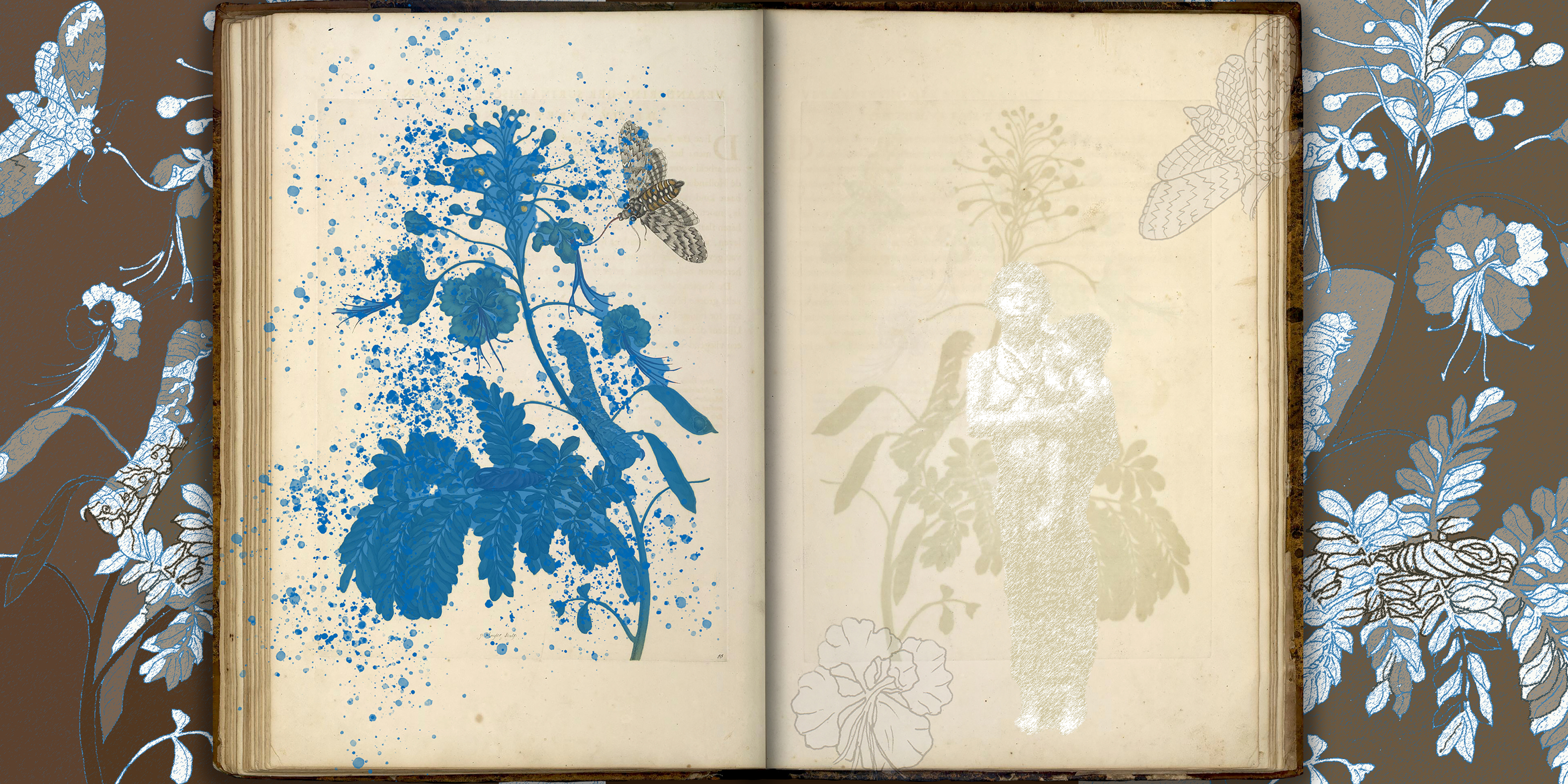Can art become theoretical?
journal article
Abstract
Can art-scientific works succeed against a standard properly belonging to them? In other words: can there be such a thing as art-science, or do such works merely belong to either art or science while superficially seeming to belong to the other sphere as well? Surprisingly perhaps, these concerns overlap with a chief point of contention as regards Adorno’s mature thinking, in particular his Aesthetic Theory: whether or not it is coherent to believe that knowledge can have an aesthetic form. Usually, this question is put as Rüdiger Bubner did: “Can theory become aesthetic?”
Bubner did not believe theory could become aesthetic, positing the following dilemma: either aesthetic truth is fully non-discursive, in which case it can serve discursive aims only by dogmatically positing a theoretical aim. Or aesthetic truth has some kind of discursive core, in which case there is nothing ultimately aesthetic about the truth in question. Recently, some commentators have provided a defence of Adorno by embracing the second horn of this dilemma. By contrast, this essay is motivated by the thought that we can better take on the first horn of the dilemma, and strives to argue for a negative dialectical account according to which aesthetic and discursive truth remain fundamentally opposed while also fundamentally presupposing one another.
This, I argue in addition, is able to illuminate what it means to create art-science.
@article{Verdonschot2023,
title = {Can art become theoretical?},
subtitle = {Negative dialectical notes on the critique of art-science},
author = {Verdonschot, Clinton Peter},
year = {2023},
journal = {Internationales Jahrbuch für philosophische Anthropologie},
volume = {11},
number = {1},
pages = {109-126},
doi = {10.1515/jbpa-2021-0007},
}